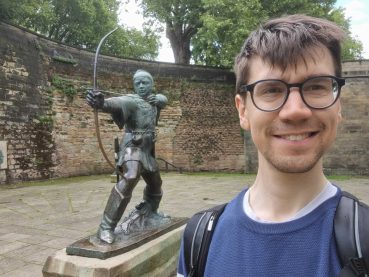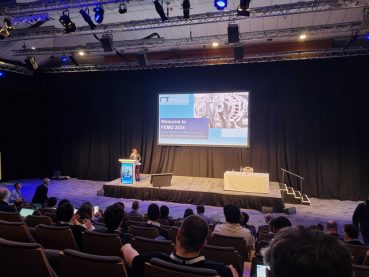Hi everyone! Last week, I paid a visit to the Power Electronics Machines and Drives (PEMD) conference in Nottingham. The East Midlands is an area in which the spirit of Sir Henry Royce of Rolls-Royce is still lingering. The company hosts a big R&D site just outside of Nottingham in Derby, and its engineers constitute a portion of the many industrial delegates who were participating in the conference. The conference is likely my last as a Ph.D. student, and my feeling of belonging to the electrical machines and drives community has definitely grown since I first participated in a similar conference more than four years ago.


After four and half years of research, you leave quite some remaining in your digital libraries. So when it’s time to summarize your work in a thesis and get ready for your post-PhD life, it is necessary to engage in a bit of clean-up and dust-off process.
The first association of this process that came to my mind was an activity known as “döstäda” in Swedish, which literally means “death-clean” in English. Interestingly enough, I found out that there does not really seem to exist any corresponding word for this activity in English. However, the excellent newspaper The Local, which writes about Swedish news and customs in English, describes it very well: “The uniquely Swedish practice of ‘Döstädning’ (death-cleaning) is a method of decluttering based on which objects will be of value to loved ones after your death”, which is pretty much what any doctoral student has to do towards the end of his or her research education.
The thesis at KTH can be written as either a monography or a compilation of the peer-reviewed research papers that you have published. In my case, I have opted for the compilation. Practically, it means that I will weld all the papers in my portfolio together, and the main challenge is to ensure appropriate adhesion between all the bits and pieces. To begin with, why did we study the particular subjects? Using a top-down perspective, problems identified in the industry and within previous research set the ground. My method of ushering the reader through the text then becomes more introspective, which makes quite a lot of sense. Think of it as a natural evolution in research. Once you have your results in place, you need to assess your own work and then improve on it, meaning you first need to identify its weaknesses. This process ties quite well to a maxim, attributed to Sir Henry Royce of Rolls-Royce, that I saw on a wall of the conference center of Nottingham University the other day:
“Strive for perfection in everything you do. Take the best that exists and make it better. When it does not exist, design it.”

